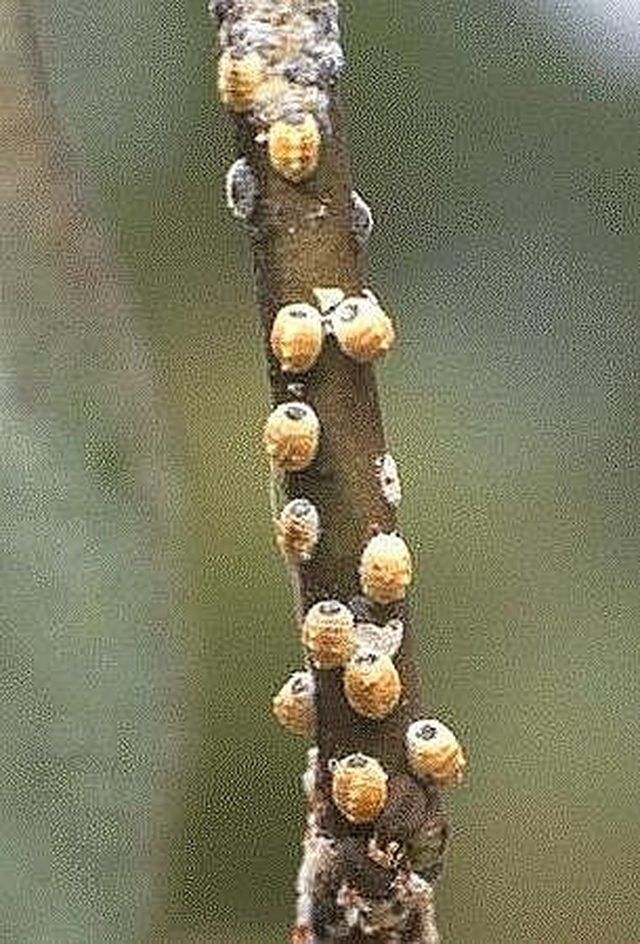Bulbs
Flower Basics
Flower Beds & Specialty Gardens
Flower Garden
Garden Furniture
Garden Gnomes
Garden Seeds
Garden Sheds
Garden Statues
Garden Tools & Supplies
Gardening Basics
Green & Organic
Groundcovers & Vines
Growing Annuals
Growing Basil
Growing Beans
Growing Berries
Growing Blueberries
Growing Cactus
Growing Corn
Growing Cotton
Growing Edibles
Growing Flowers
Growing Garlic
Growing Grapes
Growing Grass
Growing Herbs
Growing Jasmine
Growing Mint
Growing Mushrooms
Orchids
Growing Peanuts
Growing Perennials
Growing Plants
Growing Rosemary
Growing Roses
Growing Strawberries
Growing Sunflowers
Growing Thyme
Growing Tomatoes
Growing Tulips
Growing Vegetables
Herb Basics
Herb Garden
Indoor Growing
Landscaping Basics
Landscaping Patios
Landscaping Plants
Landscaping Shrubs
Landscaping Trees
Landscaping Walks & Pathways
Lawn Basics
Lawn Maintenance
Lawn Mowers
Lawn Ornaments
Lawn Planting
Lawn Tools
Outdoor Growing
Overall Landscape Planning
Pests, Weeds & Problems
Plant Basics
Rock Garden
Rose Garden
Shrubs
Soil
Specialty Gardens
Trees
Vegetable Garden
Yard Maintenance
How to Control Scale Insects
How to Control Scale Insects. Scale insects are an enemy of great skill and cunning for those tending plants indoors or out. These little guys not only suck the life from your plants, but also have some major protection to boot. Detecting and controlling the little bugs takes a keen eye and hands-on work.

Scale insects are an enemy of great skill and cunning for those tending plants indoors or out. These little guys not only suck the life from your plants, but also have some major protection to boot. Detecting and controlling the little bugs takes a keen eye and hands-on work.
Things You'll Need
Insecticide
Sponge
Pruning shears
Insecticidal soap
Horticultural oil
Ensure you are dealing with a scale insect infestation before you begin treating your plant. A scale insect has two stages of growth -- tiny immobile adults covered in whitish waxy armor and resemble small bumps on the plant stem. Hatchlings, called "crawlers," are smaller with legs. Some species lose their legs once they settle in to feed. Put a ring of black electrical tape around the steam of a plant in the early part of the scale bugs season to trap crawlers and show you what you are looking for.
Apply horticultural oil to the plant In the early part of the growing season. The oil leaves a residue to combat scale bugs. Test a small amount of the oil on the plant first, in an inconspicuous area, as varying oils have varying degrees of effectiveness and may damage plants.
Spray on insecticidal soap if scale insects are already established in their adult form. Again, test since insectidal soaps may harm plants, just like horticultural oils. These soaps do not leave a residue and must be reapplied periodically.
Prune away affected branches for light infestations. Just remove the infested branch, twig or leaf -- they are usually on the underside of the leaf. This is the most effective way to control scale insects. Also you may use a sponge to gently brush scale insects away from the plant.
Set loose the scale insects' natural predators -- ladybugs, soldier beetles and parasitoid wasps -- to combat infestations on outdoor plants. These all can be purchased or lured to your garden to provide an environmentally sound method of control for years to come.
Tips & Warnings
Infestations that don't respond to insecticidal soap or horticultural oil may need treatment with insecticides. Use an insecticide labeled as effective on scale, such as one with the active ingredient pyrethrin.
Remember to always follow all instructions on all insecticide packaging.